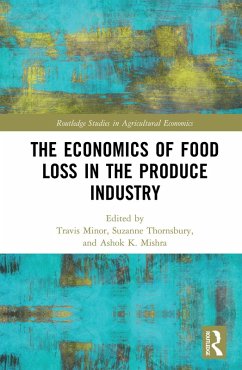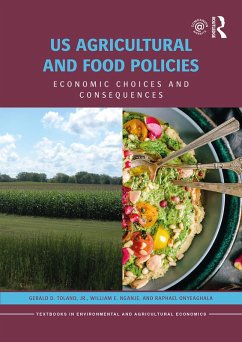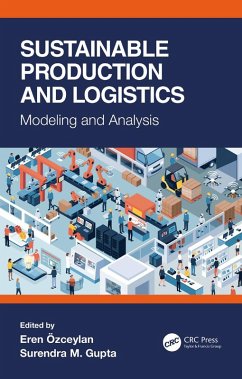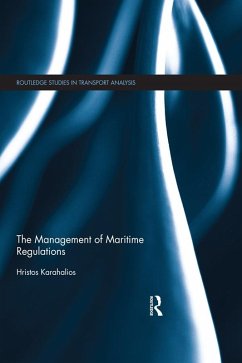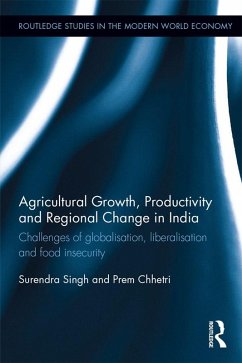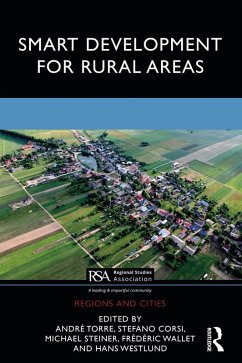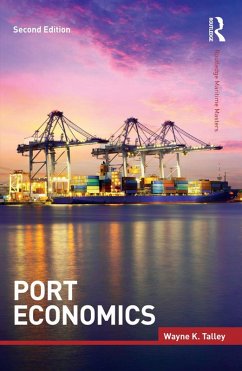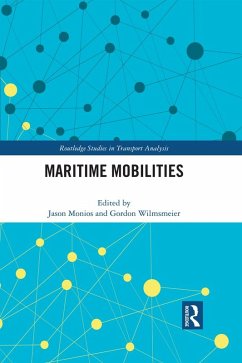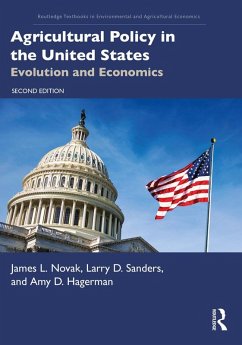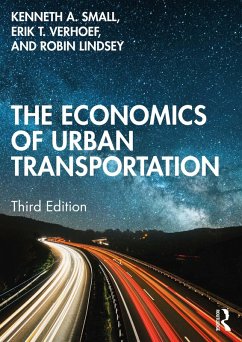
The Economics of Food Loss in the Produce Industry (eBook, ePUB)
Versandkostenfrei!
Sofort per Download lieferbar
41,95 €
inkl. MwSt.
Weitere Ausgaben:

PAYBACK Punkte
21 °P sammeln!
Food loss is a serious issue in the United States. It affects all aspects of the supply chain, from farmers to consumers. While much is already known about loss at the consumer level, our understanding of the amount of food that never makes it to this stage is more limited. The Economics of Food Loss in the Produce Industry focuses on the economics of food loss as they apply to on-farm produce production, and the losses that are experienced early.The book both analyses current food loss literature and presents new empirical research. It draws lessons from those who have encountered these issue...
Food loss is a serious issue in the United States. It affects all aspects of the supply chain, from farmers to consumers. While much is already known about loss at the consumer level, our understanding of the amount of food that never makes it to this stage is more limited. The Economics of Food Loss in the Produce Industry focuses on the economics of food loss as they apply to on-farm produce production, and the losses that are experienced early.
The book both analyses current food loss literature and presents new empirical research. It draws lessons from those who have encountered these issues by focusing on how past regional or national estimates of food loss have been conducted with varying degrees of success. It includes chapters on several themes: understanding food loss from an economic perspective; efforts to measure food loss; case studies across commodities within the produce industry; and economic risks and opportunities. The commodity case studies provide detailed discussion of factors impacting changes in loss levels within the produce industry, and a wealth of knowledge on strategies and contexts is developed. The book concludes by identifying critical knowledge gaps and establishing future priorities.
This book serves as an essential reference guide for academics, researchers, students, legislative liaisons, non-profit associations, and think tank groups in agriculture and agricultural economics.
The book both analyses current food loss literature and presents new empirical research. It draws lessons from those who have encountered these issues by focusing on how past regional or national estimates of food loss have been conducted with varying degrees of success. It includes chapters on several themes: understanding food loss from an economic perspective; efforts to measure food loss; case studies across commodities within the produce industry; and economic risks and opportunities. The commodity case studies provide detailed discussion of factors impacting changes in loss levels within the produce industry, and a wealth of knowledge on strategies and contexts is developed. The book concludes by identifying critical knowledge gaps and establishing future priorities.
This book serves as an essential reference guide for academics, researchers, students, legislative liaisons, non-profit associations, and think tank groups in agriculture and agricultural economics.
Dieser Download kann aus rechtlichen Gründen nur mit Rechnungsadresse in A, B, BG, CY, CZ, D, DK, EW, E, FIN, F, GR, HR, H, IRL, I, LT, L, LR, M, NL, PL, P, R, S, SLO, SK ausgeliefert werden.




